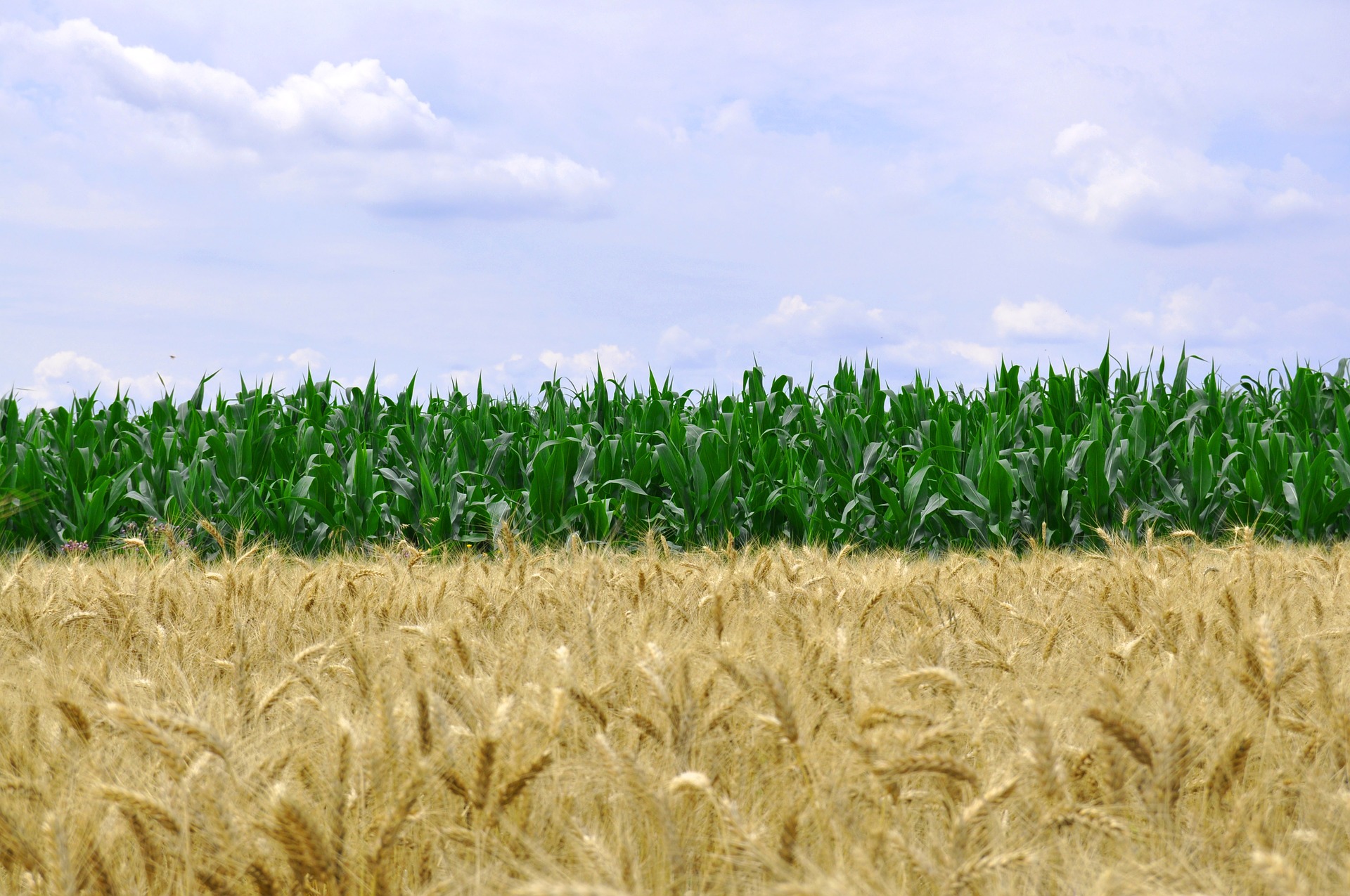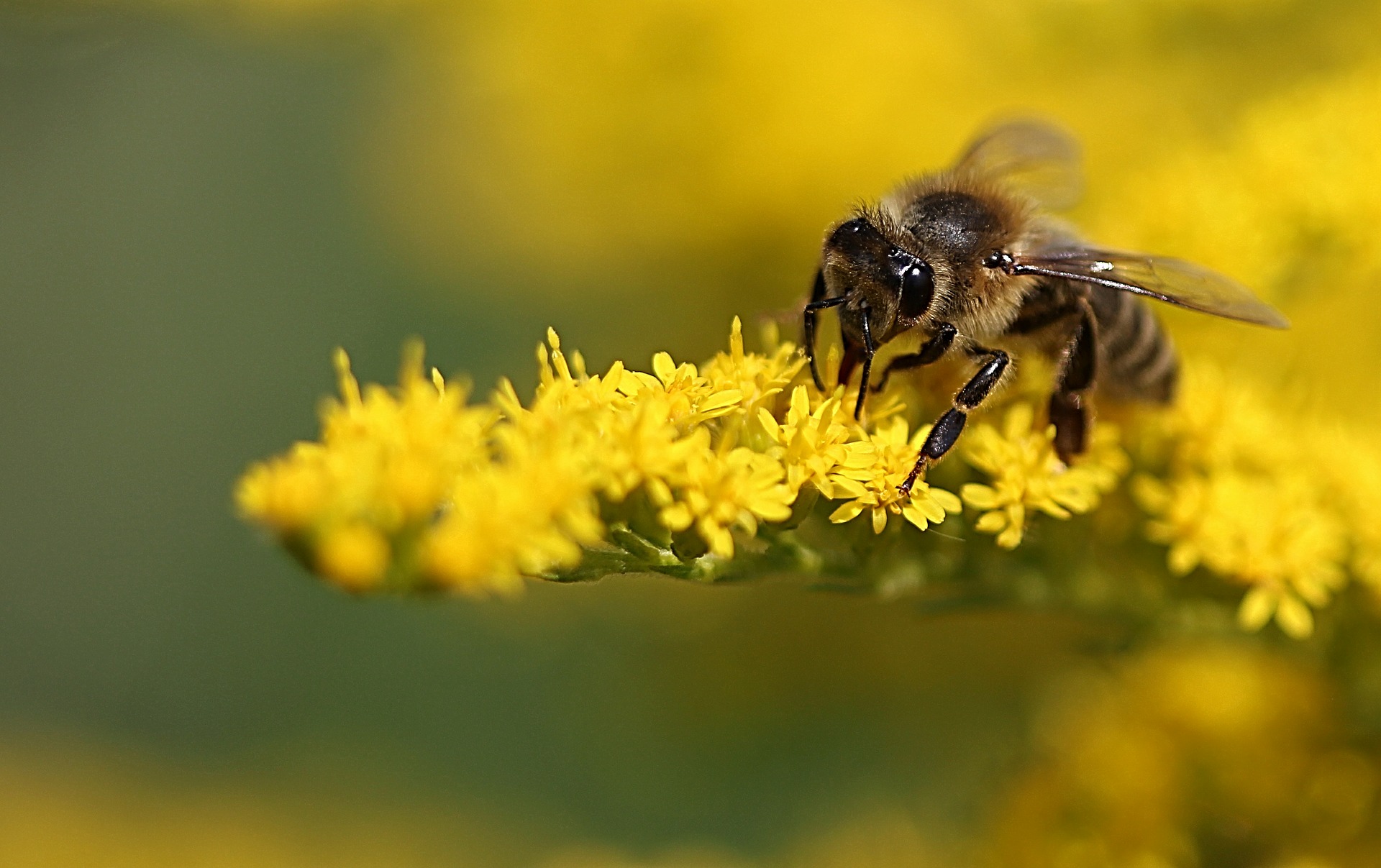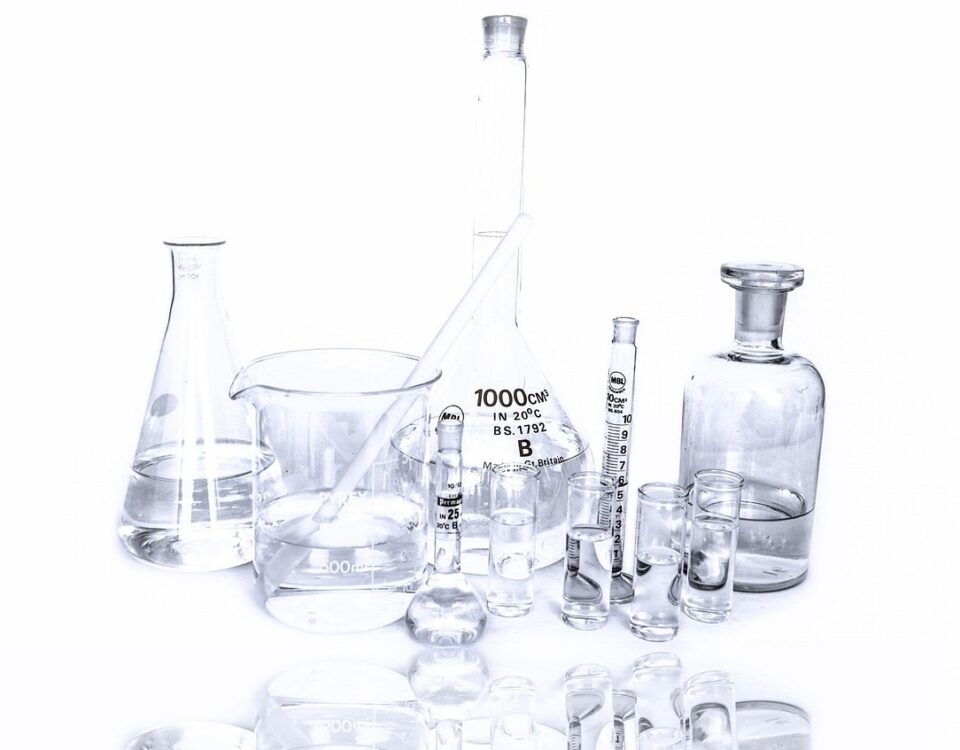
FRANCE: 2016 IBMA France Conference (Biocontrol)
11 January 2016
FRANCE: Conference on the regulation of PPPs – 8 March 2016
25 January 2016Anses published its conclusions on 01/12/2016 on the risks to bees and other pollinators of neonicotinoids-based insecticides. It was seized on the subject by the Ministers in charge of ecology, agriculture and health.
Anses indicates that despite considerable research efforts, important evidence about the impact of neonicotinoids on bees are still missing. Moreover it is not possible to assess the impact on wild species from the data only available on honey bees (especially due to differences in behaviour between species).
For products containing the active substances clothianidin, thiamethoxam and imidacloprid, and on the basis of evaluations of active substances conducted by EFSA in 2015, ANSES has identified:
1. For uses other than seed treatments and granules, uses for which the risk to honey bees, bumble bees and wild bees are acceptable, it is the case for the uses:
- Under permanent greenhouse,
- On unattractive (perennial and non-perennial) crops:
- When weeds in the plot are not blooming,
- When the following crops are not attractive,
- In the absence of flowering adjacent crops or flowering adjacent non-crop areas.
- On non-perennial attractive crops when the application is made after flowering or when the crops are harvested before flowering, and when the same measures as previously are applied.
2. Other uses for which enhanced management measures are required:
- For seed treatment uses on a non attractive crop:
- Pending confirmatory data being evaluated at EU level, Anses proposes to limit following crops to non attractive crops for bees and other pollinators.
- For seed treatment uses on winter cereals:
- Some particular climatic conditions (ex.: mild autumn) justify additional management measures. Thus Anses recommends for winter cereals coated seeds to limit the seedling to plots that are not located close to flowering adjacent non-crop areas, at periods when the ambient temperature is not compatible with sustainable activity of bees.
- For spray uses after orchards and vines flowering:
- EFSA concluded to a high risk of exposure the year after application based on very conservative assumptions. Anses therefore concludes that approvals of concerned products will be maintained only if the approval holders provide within one year the results of residues analyses and that these results demonstrate the absence of unacceptable risks to bees.
Anses emphasizes that these recommendations, based on currently available data, may change in light of the work currently underway as part of the procedure for active substance renewals at EU level.
To learn more (in French, but soon in English):
Avis de l’Anses du 07 janvier 2016 relatif “aux risques que présentent les insecticides à base de substances de la famille des néonicotinoïdes pour les abeilles et les autres pollinisateurs dans le cadre des usages autorisés de produits phytopharmaceutiques”


